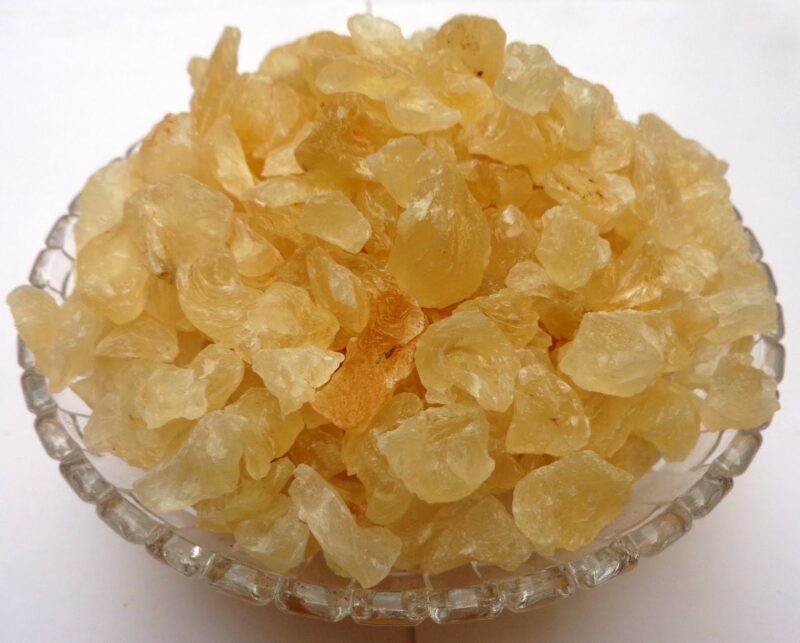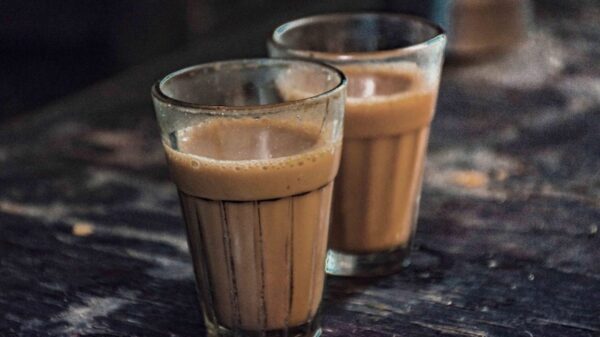There’s a quiet comfort in a traditional Indian thali—something deeply familiar, like returning to your childhood kitchen or hearing the rhythm of a pressure cooker in the next room. It doesn’t demand attention or rush to impress. Instead, it waits. Steady. Balanced. Complete. If you grew up in an Indian household, chances are your most satisfying meals weren’t festive spreads or special occasions—they were thalis. Not grand, but always generous. Not extravagant, but always enough.
A thali, in its truest form, is not just food. It is a reflection of daily life, of rhythms that repeat with quiet intention. A ladle of dal, a portion of vegetable, a scoop of curd, a bit of something sour or crunchy, and a piece of roti or steaming rice to bring it all together. It’s food that fills without overwhelming, and nourishes without excess.
A Meal Made With Rhythm
The beauty of the thali lies in its pattern—its dependable, gentle flow. It doesn’t call for complexity. In most Indian homes, a thali comes together almost instinctively. The vegetable is often what’s in season, the dal what’s on hand, the roti or rice what’s preferred that day. There might be a fresh chutney ground in the sil batta or a pickle from a jar that’s been sun-cooked for weeks. What makes it special is not just what’s on the plate—but that it was made for the family, by the family.
The process of assembling a thali is quiet but deeply intentional. There’s no chasing trends or counting macros. Yet when you look closely, everything is balanced—flavor, texture, color, and nourishment. It’s as much about listening to your body as it is about listening to your surroundings. Eating a thali encourages you to slow down. You tear, dip, mix with your fingers, and taste with presence. Each bite invites you to feel full, not just fed.
A Plate That Tells a Story
Across India, thalis take on countless forms, shaped by region, season, and tradition. In Gujarat, you may find the contrasting sweetness of dal beside the crunch of a fried snack and a side of rice. In Tamil Nadu, a steel plate might carry rasam, sambar, kootu, curd rice, and a crisp appalam. In Punjab, makki di roti and sarson da saag speak of winter warmth. In Bengal, the balance of bitter, sour, sweet, and pungent is woven into the order of serving.
Each thali tells a story. Of soil and seasons, of mothers and grandmothers, of festivals and fasts. It adapts to the time of day, the day of the week, and what’s available in the market or garden. It reminds us that good food doesn’t have to come from outside—it can be created with what’s already at home.
It is, in many ways, one of the most personal ways India eats.
More Than Just Nutrition
Long before wellness trends put labels on “balanced meals” or “gut-friendly foods,” the thali was quietly doing all of that—and more. It naturally includes fiber, plant-based protein, healthy fats, fermented foods, and spices with anti-inflammatory and digestive properties. Curd, for instance, adds probiotics. Pickles offer acidity and preservation. Lentils, greens, and grains deliver a range of nutrients that today’s diet plans try hard to recreate.
But the thali doesn’t come from a chart—it comes from intuition. It is passed down through practice, not prescription. And in doing so, it gives us more than nutrition. It teaches rhythm, ritual, and respect for the act of eating itself.
A Tradition Worth Holding On To
Today, many are beginning to return to the thali—not because it’s trendy, but because it’s timeless. It works. It fits into a busy lifestyle while grounding it. It allows you to cook a variety of simple dishes and eat them over a few days. It prevents waste and honors ingredients. And most importantly, it feeds not just the body, but a memory—a way of being that feels increasingly rare.
Restaurants are celebrating thalis again, not just as a novelty, but as a reminder of India’s diversity. Whether it’s a Rajasthani thali served on brass or a humble meal in a banana leaf at a temple, the experience is layered with culture and care.
In the end, the Indian thali isn’t just about the food—it’s about the feeling. Of being seen and fed, of routines that comfort, and of meals that restore. It brings us back to something we often lose in our busy lives: the simplicity of enough.
So when we sit down to a thali, we’re not just eating—we’re returning. To slower times. To shared meals. To stories told around the table. To a way of life where nourishment wasn’t something to chase, but something already present—in our kitchens, our families, and our everyday plates.










